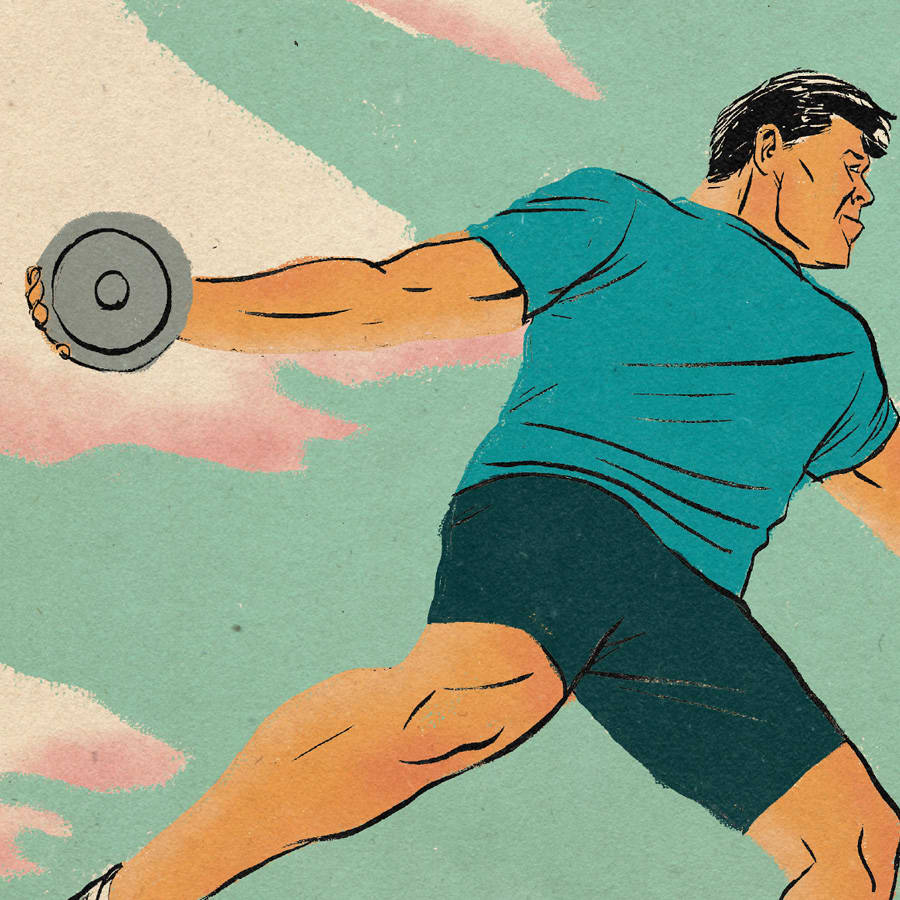3 Easy Facts About 4throws Described
3 Easy Facts About 4throws Described
Blog Article
4throws for Beginners
Table of Contents4throws Can Be Fun For AnyoneThe Ultimate Guide To 4throwsThe 2-Minute Rule for 4throws4throws for BeginnersEverything about 4throws
Otherwise, the young pitchers might be most likely to have elbow joint and shoulder injuries. It prevails for a trainer to "obtain" a pitcher when the optimum number of pitches has been tossed or if the game circumstance calls for a modification. If the bottle remains to play because game, he ought to be positioned at shortstop or 3rd base where long hard throws are needed on a currently worn out arm.This mix causes too lots of tosses and enhances their danger of injury - Discus for sale. The best area is relocating to 2nd or first base where the tosses are shorter and much less stress is put on the arm. It is also crucial to recognize how much time to rest young bottles in order to permit the very best recovery between trips
Pitchers ought to also ice their shoulders and arm joints for 20 minutes after tossing to advertise recovery. Body and arm fatigue change mechanics and lead to injury.
Any individual can throw a round "over-hand," but not everybody can do it well. While throwing a sphere appears easy, it is actually a complex set of movements. Accurate pitching with force or speed needs the whole body and not just the shoulder and arm. Every part of the musculoskeletal system is essentially included.
Excitement About 4throws

(https://moz.com/community/q/user/4throwssale)The shoulder joint is comprised of 3 bones, scapulae, clavicle and humerus. The head of the humerus hinges on the Glenoid fossa of the scapula where it expresses when the muscular tissues of the shoulder contract to move the arm. The head is held "versus" the glenoid surface via the 4 Potter's wheel Cuff (RTC) muscle mass, which act in unison and develop a force pair when the arm is moved.
The more the shoulder can be on the surface rotated while it is abducted, the greater the round can be tossed with pressure and speed, giving all other body components and movements remain in synch. If any aspect of these auto mechanics is "off," an injury can happen to the shoulder or elbow that can bring about the failure to throw a round.
It is the beginning of the tossing movement, preparing the "body parts" for the act of throwing a round. Motion happens in the reduced extremities and torso where the substantial majority of "power" to toss a ball is produced.
How 4throws can Save You Time, Stress, and Money.
This shoulder position places the former top quadrant musculature on a "stretch" and prepares it to contract powerfully when the arm starts to move on in the following stage of the throwing movement. The body starts to move on towards its target during this stage. The lead shoulder is routed at the target and the tossing arm continues to move into severe exterior turning.

When the ball is launched, the posterior quadrant musculature begins to contract eccentrically and strongly to decrease and control the rotational rate of the Humeral head. In theory, if the eccentric control of the Humeral head did not occur the arm would certainly remain to rotate inside and "rotate" uncontrollable.
Examine This Report about 4throws
The last stage of throwing is the follow-through. This phase reduces down all body activities and stops the forward motion of the body.
Tossing a ball "over-hand" involves motion in all components of the body. If the mechanics are carried out effectively, the ball can be thrown with excellent rate and precision. If the body is educated properly, the act of throwing can be performed over and over again without creating an injury to the tossing shoulder.

Paul Whatley, M.D. "When I was a youngster, baseball was only in the springtime and very early summer, so children had lots of time to recover from any kind of problems credited to recurring motions and stress," he claims. "Now, in order to stay up to date with everybody else, there is intense stress for players to go from the springtime season straight into summer season 'All-Star' events and displays, adhered to by 'Fall Round.' There can be really little time for the body to recuperate from a sport where repeating is the essential to establishing the muscle mass memory for success.
The Buzz on 4throws
When this motion is carried out over and over at a high rate Throwing shoes of rate, it places considerable anxiety on the development areas of the elbow joint and the anatomical framework of the shoulder, particularly in the late cocking and follow-through phases. Due to this, a few of one of the most common injuries seen in baseball players impact the shoulder and arm joint.
Report this page